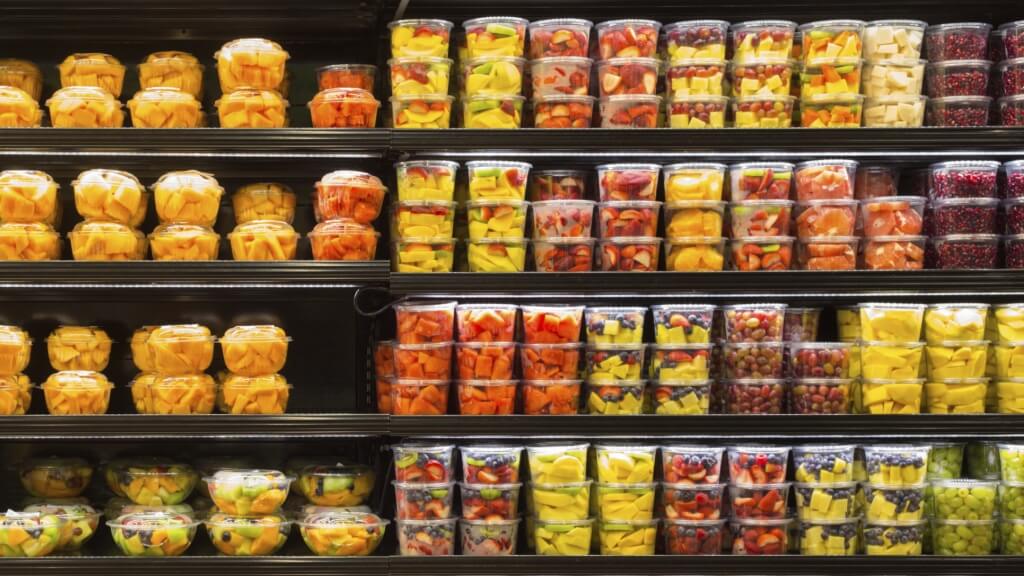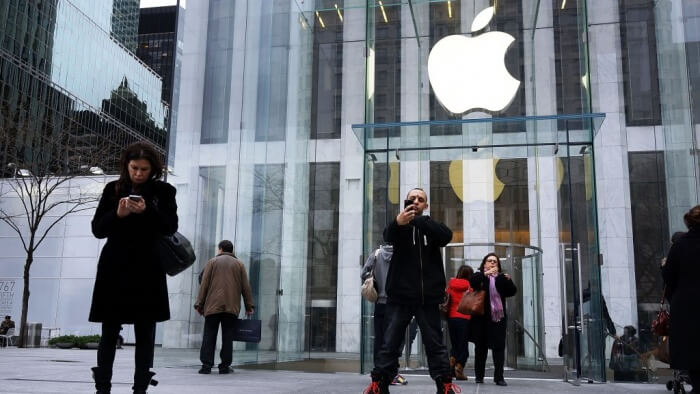Create An Ecosystem Of Products To Improve The Value Of Your Business
The most successful businesses create a cluster of products and services that complement each other and work symbiotically. Easy for Apple, perhaps harder for you and I - but here's how we can all get started.
The most successful businesses create a cluster of products and services that complement each other and work symbiotically. Easy for Apple, perhaps harder for you and I - but here's how we can all get started.
Create An Ecosystem Of Products To Improve The Value Of Your Business
The most successful businesses create a cluster of products and services that complement each other and work symbiotically. Easy for Apple, perhaps harder for you and I - but here's how we can all get started.

We live in remarkable changing times. Many ideas that worked five years ago aren’t working anymore. Everyone is under pressure to innovate and put results on the board. In this climate, businesses can’t simply shoot to deliver value and expect to get paid well - that model died a long time ago.
Today’s high-performing businesses are ecosystems of people, products and services that all work in harmony. As a whole, they deliver the positive experience that will keep people coming back for more.
Fact: your business will take off when you have achieved a mix of products and services that all work together to maximise the value exchange in every customer relationship. This is important for entrepreneurs and leaders who want to drive demand for their business.
For clarity, we can define ‘product’ as a valuable insight or an idea that has been packaged up so that people can access it easily, repeatedly and in a desirable way. A service is intangible, something a customer experiences but doesn't hold or retain.
The businesses that make boatloads of revenue can’t always put their finger on exactly which product is the key to their business. Some things (usually digital products) they give away for free, others they sell cheaply and then there are the high value products and services. The crucial point, however, is that they only ever sell to warm prospects who had the free product initially.
Case study examples
Consider where famous chef Jamie Oliver makes his money. Is it the TV shows, the recipe books, the supermarket sponsorships, or his chain of restaurants?
Oliver does make some money from appearances but sometimes he turns up to speak at important conferences like TED for free. He spends hours on Twitter and gives away so much online but he’s not getting paid to do it. Is it worth it?
The books in isolation might seem like a waste of time; however, maybe the books are what make the restaurants so popular. You might think he’s overpaid for sponsorship deals- but when you consider what he’s paying for PR, it might be fair value. The truth is, it’s all part of an ecosystem of products and services that work together to make a lot of money and to have a big impact.
"If you share powerful ideas, people will come to you to implement them"
Another prime example is Apple, who are on pace for their highest annual profit since 2012. Quarterly profit is up 33% and their revenue rose 27% to a cool $58 Billion. They must be doing something right, right?
Apple have a wide range of products and services they offer, which all play a part in their record revenues. Their physical products - their phones, tablets and watches are all packaged up with services like their cloud storage solution and online music/video store. It's safe to say, they have a successful product and service ecosystem.
Here are three ways to develop your ecosystem:
1. Create digital products
One of the best ways you can really share your ideas with a vast number of people in an effective way is to create a digital product; this will likely be a download or an online tool.
Such products are not an interruption, they are a means of communication that consumers chose to participate in. If packaged correctly, they have a high-perceived value, even though the cost to reproduce them is almost nothing.
If someone takes an hour to listen to your audio podcast, they feel rapport with you, they bond with you and really start to understand what makes you unique. If someone joins your membership, books onto your webinar or takes your online test, they are spending time getting to know you. You start becoming the person they must do business with rather than a person they could do business with.
2. 'Productise' your services
A service can be packaged up like a product. You can give your service a name, it can have a method, it can have a brochure, and other trained professionals can deliver it. This productised service could include elements that are standardised, and elements that are bespoke.
Don’t fall into the trap of thinking you deliver a service and this step doesn’t apply to you. Treat your service like a product and you’ll see an uplift.
One of our clients, a plastic surgeon, thought he would struggle with product creation because it doesn’t get more bespoke than performing surgery. However, he has now given his method a name, created brochures, compiled testimonials and added additional products into the overall bundle. As a result, his value went up and his waiting list has grown exponentially.
Your service is part of the product ecosystem, so be sure to make it as productised as you can and to surround it with other products that help educate, inspire or relate to more people.
3. Share your secrets
Here’s a big secret. Don’t keep secrets! Share your best ideas with everyone. Consider that the most famous chefs share their recipes every week. The more they share, the more their value goes through the roof.
You don’t hear people saying, ‘Now I have Jamie Oliver’s recipe, I will never visit any of his restaurants again’. Instead, people attend Jamie's cooking classes to find out how they can use the recipe to cook a delicious meal. The more people have, the more they want, so share your ideas freely.
This will also make room in your mind to have even better ideas. If you share powerful ideas, people will come to you to implement them and you can have a valuable service offering that does that.
The result
By building an ecosystem that people can feel part of that leaves them uplifted, you’ll start driving greater demand for your business that will leave you “oversubscribed.” This is a situation where many more people want something than capacity allows for.
This will be key for leaders and entrepreneurs who want to spend more time with current clients than chasing new ones; more time innovating products than running around selling them; and more time building a brand rather than blending in with the crowd.
This has been written for Minutehack by Daniel Priestley, an international keynote speaker, bestselling author and founder of Entrevo. His latest book Oversubscribed: How to Get People Lining Up to do Business with You is published by Capstone.
Thanks for signing up to Minutehack alerts.
Brilliant editorials heading your way soon.
Okay, Thanks!




